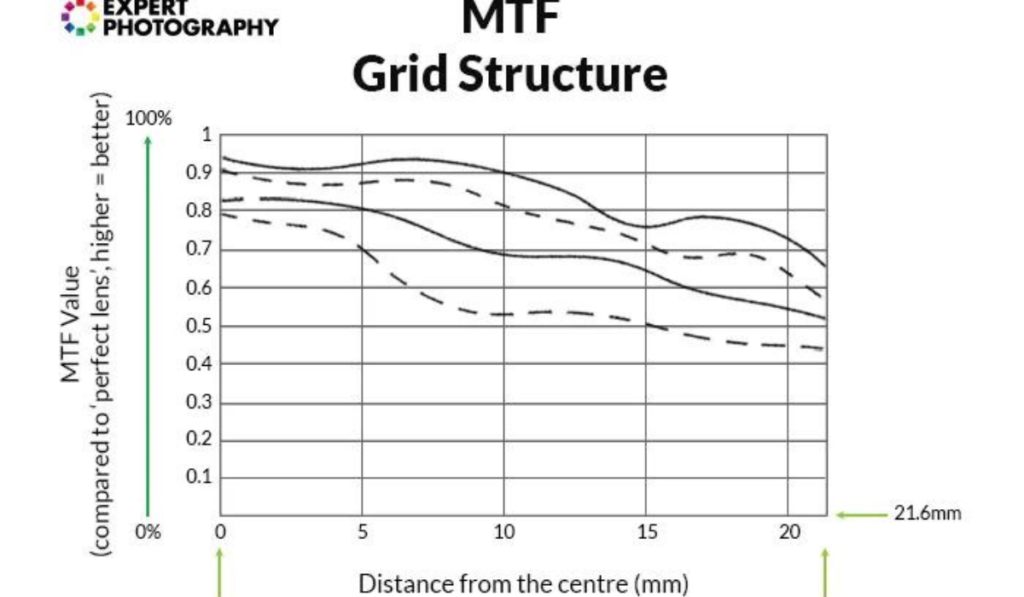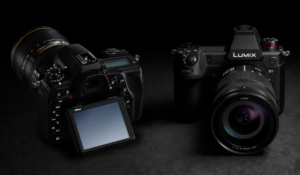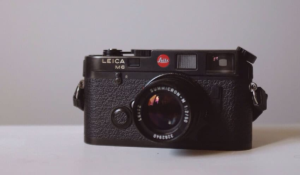How to Read MTF Charts for Camera Lenses: A Comprehensive Guide

Photographers who want to better understand camera lens performance can use MTF charts. These charts provide information on a lens’s resolution and contrast capabilities. They help photographers compare and evaluate different options. This guide will cover the nuances of MTF charts. We’ll discuss everything from the purpose of the chart to how you can interpret the data.
MTF Charts: What are they for?
MTF charts are essential in lens evaluation. The charts allow photographers to compare a lens with an idealized “perfect” lens. These charts provide a complete overview of the lens’ capabilities, from the center of the image to its edges. They assess factors such as sharpness and contrast.
Measurement Parameters
It’s important to know the primary parameters of MTF charts: contrast and resolution. The ability of a lens to differentiate between light and dark levels is called contrast, while its ability to render fine detail is known as resolution. Both factors are crucial in determining how a lens will produce an image.
Reading MTF Charts
MTF charts are typically made up of thick, black dashed line that represent contrast testing at different apertures. The results are shown on a chart with dashed and solid lines. The resolution test involves looking at closely spaced lines. Results are represented on the chart by thinner lines.
Understanding Results
MTF charts are interpreted by comparing the positions of the bars to determine performance. Scores around 0.8 are considered high-performance, while ratings above 0.6 can be acceptable. The chart should have a flat curve, with results consistent from the center of the image to the corners.
MTF charts have limitations
MTF charts are valuable, but they have some limitations. These charts don’t account for every aspect of a lens performance such as lens flare, linear distortion and chromatic aberration. Depending on the manufacturing process, there may be slight differences in performance between lenses.
Considerations in Lens Selection
It’s important to take into account MTF charts when selecting a lens. This is in addition to other factors, such as real-world tests and sample images. MTF charts from different manufacturers can be inaccurate, and it is not recommended to compare lenses of different focal lengths. Also, other factors such as size, weight and handling must be considered.
Final Thoughts
MTF charts provide valuable insight into the performance of a lens, but should only be used in conjunction with other tools when selecting lenses. Understanding how to read and understand MTF charts will help photographers make better decisions when selecting lenses for their kits.
MTF charts are essential tools that photographers can use to evaluate and understand the performance of cameras. Mastering the art and science of reading these charts will help photographers make better decisions.



